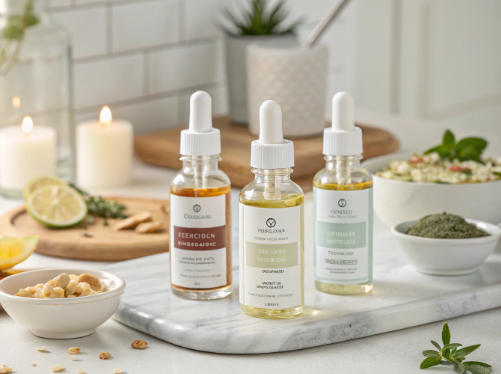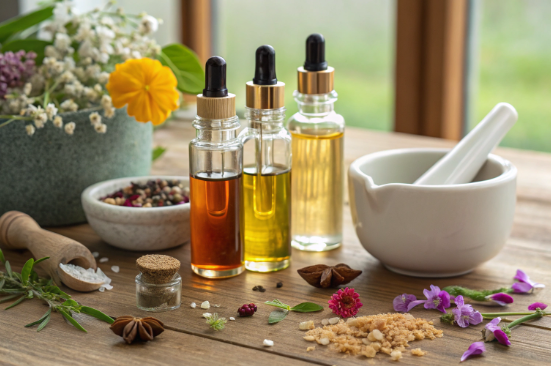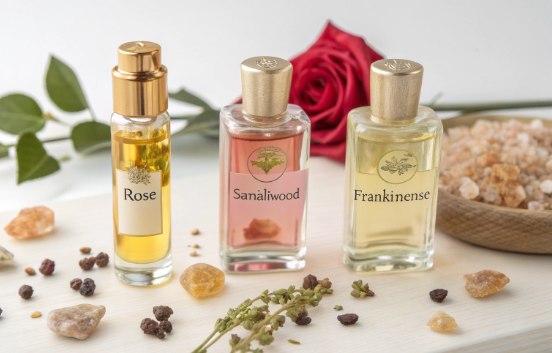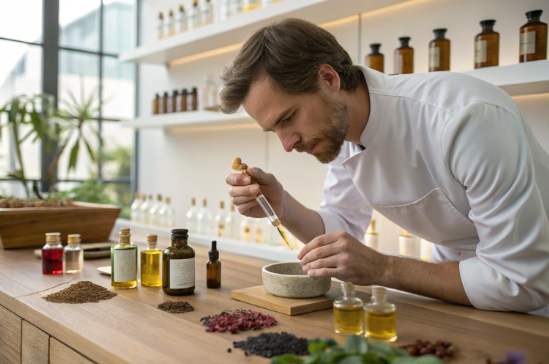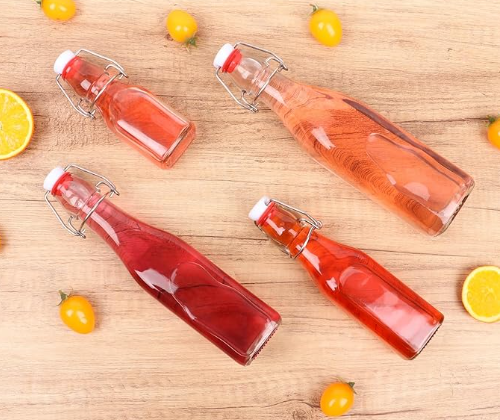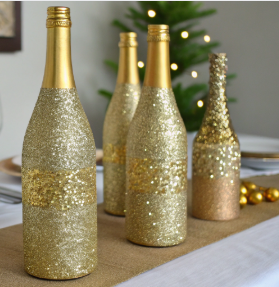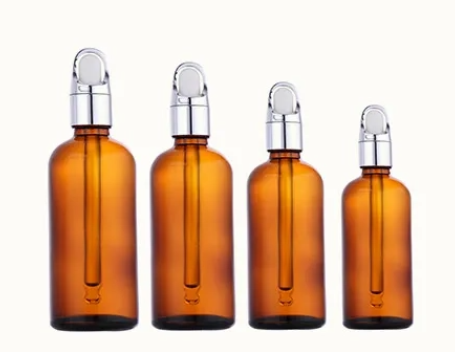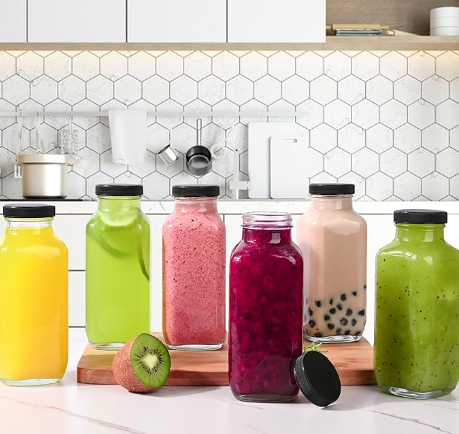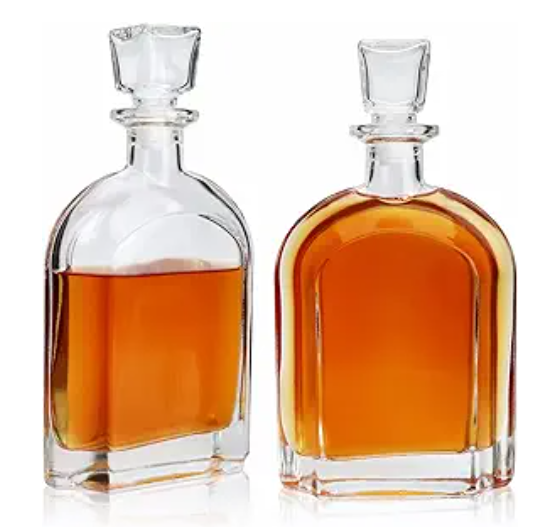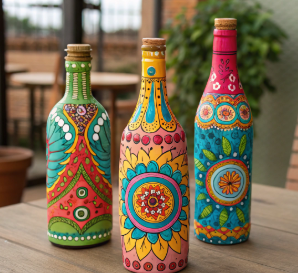The creation of perfume is not just about smelling, but about creating continuous scent memories. Essential oils and essential oils are the ideal natural way to make signature perfumes.
The best essential oil mixture for perfume combines harmonious top, middle and basic notes – using the 30/50/20 rule to produce a long, balanced odor.
At Paupack, we support fragrance creators using custom glass bottles, droppers and natural perfume products for fusion, testing and launching.
What essential oils bring fragrance together?
Not all oils work well - some conflicts, others glow.
The oils that are well mixed with perfume include citrus (such as Buddha) and flowers (such as lavender), and are anchored by a deep base flavor (such as sandalwood or wide patch fragrance).
Popular Natural Perfume Mix
| Mixed Name | First | Middle Note | Basic Comments |
|---|---|---|---|
| Fresh flowers | Bergamot | Lavender | Sandalwood |
| Spiced Citrus | Sweet Orange | Cinnamon | Guangxiang |
| Simple Calm | Clary Saint | Geranium | Veidum |
| Romantic Bloom | Puzu | Ylang Ylang | Vanilla |
| Forest Walk | Eucalyptus | Rosemary | Cedarwood |
Paupack's dropper bottle and atomizer spray provide the ideal tool to fuse and test these combinations while maintaining the complexity of each oil.
What essential oil is best for making perfume?
While mixing is key, some oils do stand out in solo or star characters.
The best essential oils for perfume include rose, jasmine, mud, sandalwood and frankincense, which are precious for their deep, long-lasting aroma and blendability.
High impact perfume oil
-
Preparation: bergamot, lemon, grapefruit (first impression)
-
Note: Rose, lavender, geranium (smelling heart)
-
Basic notes: Broad patch incense, sandalwood, myrrh (lasting completion)
At Paupack, we offer packaging that enhances the performance of high-quality oils. For example, our anti-UV bottles and precision drops ensure that these expensive ingredients remain protected and are easily dosed in formula labs or boutiques.
What is the 30/50/20 rule for essential oils?
This rule is the basis for a well-structured perfume – from the first spray to the lingering odor that keeps the odor.
30/50/20 rules guide you to use 30% top notes, 50% mid notes and 20% base notes in essential oil mixture for a full fragrance.
Why is it important
| Attention Type | Purpose | Evaporation rate |
|---|---|---|
| Top (30%) | Bright, clear, first impression | Fast (15–30 minutes) |
| Intermediate (50%) | Mixed heart with smell | Medium (2-4 hours) |
| Base (20%) | Grounding, long-lasting fixative | Slow (more than 6 hours) |
Paupack customers often use this rule to design fragrance profiles, and we can help them match the formula to the correct format – bottled bottles for pulse point applications or fine mist sprays for full wear.
Do professional perfumers use essential oils?
Absolutely. While synthesis is flexible, many niche and luxury seasoners will swear to natural oils.
Yes, professional perfumers use essential oils, especially in natural, organic and handmade perfumes, where authenticity, style-friendliness and story-driven scents are crucial.
Why do professionals like essential oils
-
Natural Source: Clean Labels and Sustainable Attractions
-
Complex aroma: Each oil has an aroma layer
-
Consumer Trust: More Attractive to the Health and Skin Care Market
From independent brands to heritage fragrances, essential oils are the cornerstone of modern perfumes, especially with the rise of clean beauty. That's why Paupack offers custom bottle designs and luxury-grade packaging that aligns with features and brand storytelling.
Conclusion
The best essential oil mixture for perfume follows formula but leaves room for art. With Paupack’s expert packaging and private label support, your fragrance journey begins to be strong, lasting for a long time and making every scent memorable.




